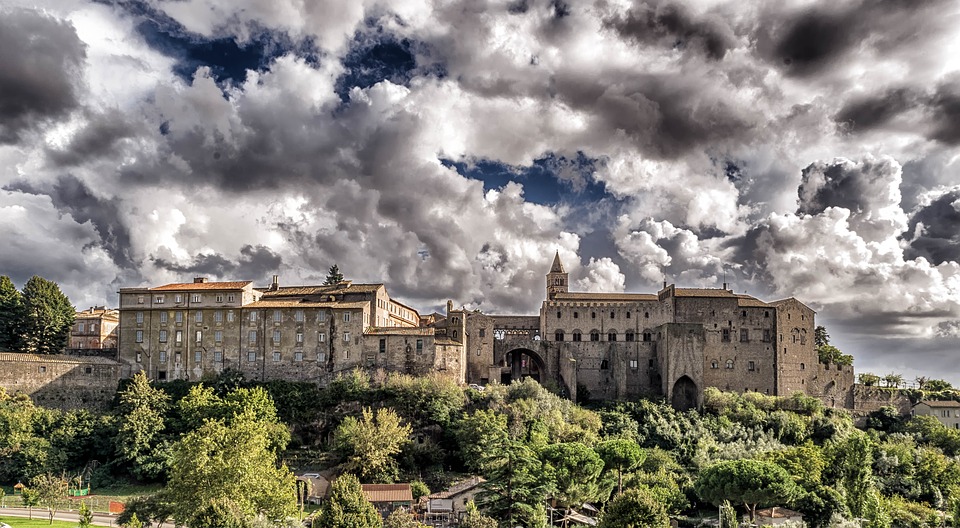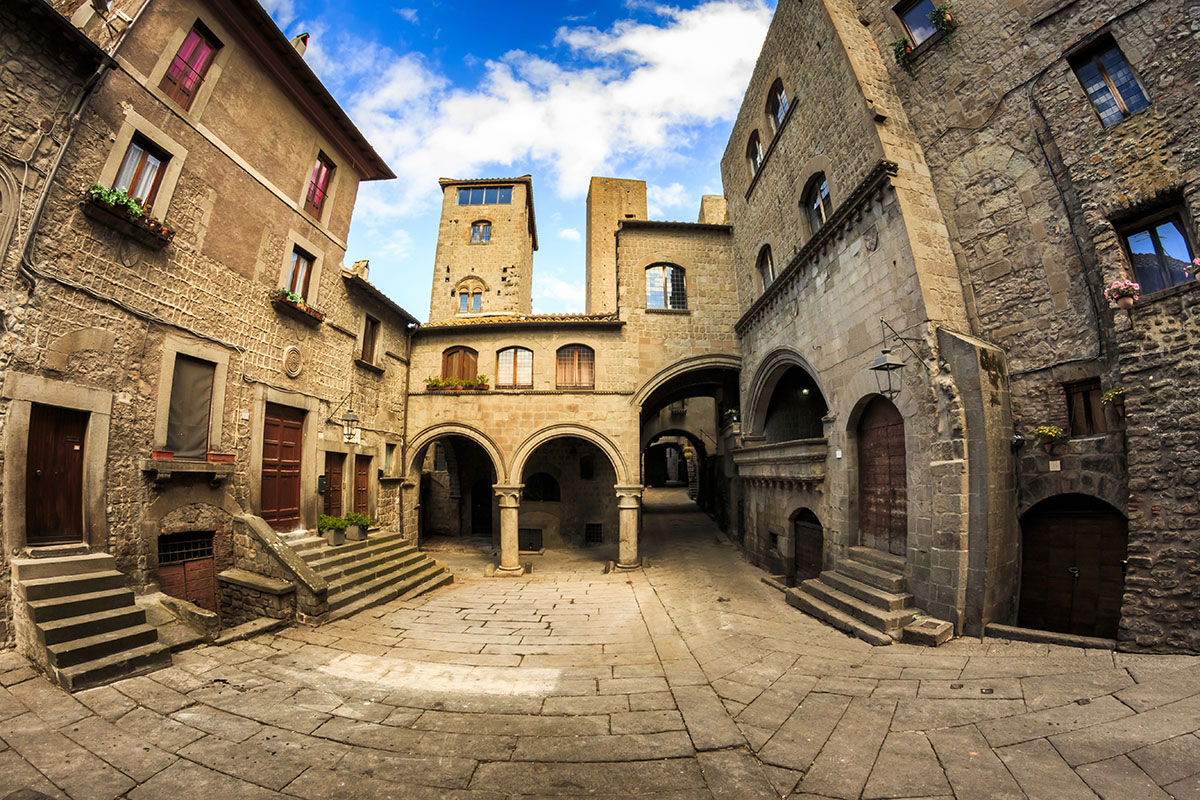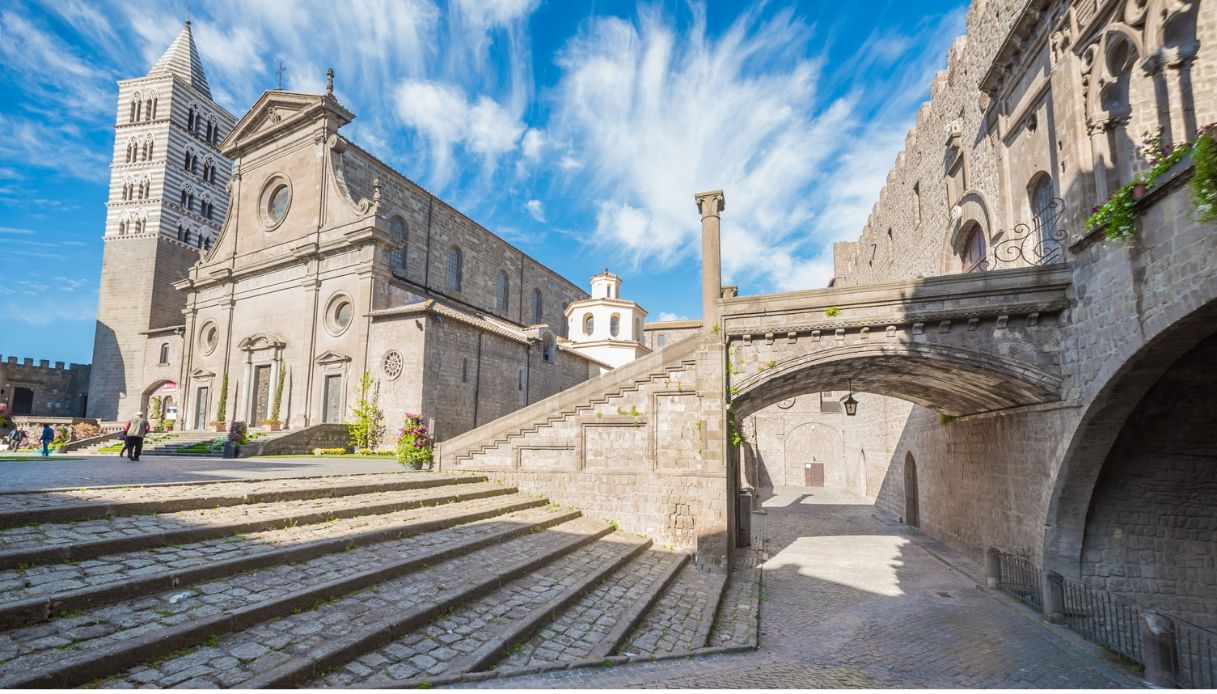Viterbo

Viterbo has ancient origins (it is believed that Viterbo derives from the Latin Vetus Urbs, meaning Old Town) and has a vast historic center - with some well-preserved medieval districts - surrounded by walls and surrounded by modern districts, except to the west, where they extend archaeological and thermal areas (necropolis of Castel d'Asso, source of the Bullicame).

Viterbo is historically known as the City of Popes: in the 13th century it was the papal seat and for about 24 years the Papal Palace hosted or elected various Popes.

Pope Alexander IV decided in 1257 the transfer of the Papal Curia to the city due to the hostile climate present in Rome; the papal stay lasted, except for brief interruptions, until Pope Martin IV, just elected (February 22, 1281), definitively removed the papal court from Viterbo.

In 1962 Viterbo was awarded the Silver Medal for Civil Valor for the countless casualties and the very serious damage reported following the allied bombings of 1943-44, of which the one of January 17, 1944 was particularly heavy.

The city is famous for the transport of the Machine of Santa Rosa, a traditional and spectacular event that takes place every year on the evening of September 3, in honor of the patron saint: an illuminated structure, 30 meters high and weighing 52 quintals, is carried on the shoulders of a hundred men, the Porters of Santa Rosa, through the darkened streets of the city.

In 2013 the Machine was included by UNESCO among the Intangible Heritage of Humanity.

The University of Tuscia, established on April 18, 1979, the National Army Aviation Command, the Army NCO School, the ITC SUS School and the Air Force Marshals School are located in Viterbo.
Video: Viterbo
Map: Viterbo
Address: Via Saffi 49 01100,
Viterbo (VT) Lazio
Latitude: 42.4168639
Longitude: 12.1051342
Site: http://www.provincia.viterbo.i...
vCard created by: BBCC
Currently owned by: BBCC
Type: City
Function: Public place
Creation date:
Last update: 13/01/2021